Haida NanoPro Magnetic Filter Kit Review
by Arkadiusz Palasinski
1. Introduction
As a passionate photographer, I’ve always relied on various filters to enhance my shots, whether to manage light, or create stunning effects. Among the many types of mounting filters available, there’s always been one particular kind that I was interested in – magnetic filters.
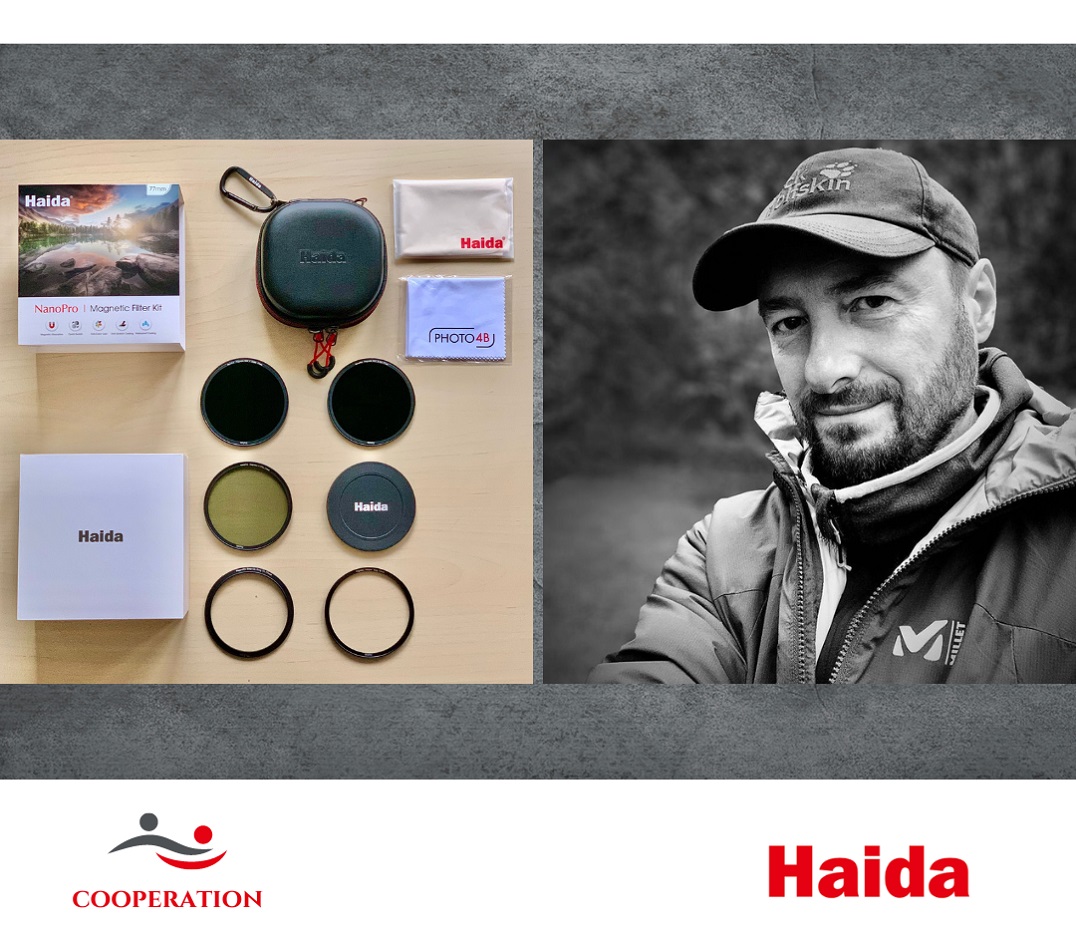
I believed it might have advantages over the others types of mounting. I was excited when Haida, a reputable name in the industry, offered me the chance to test their products. This provided the perfect opportunity to validate my intuition and see if these filters truly works as I expected.
I testes two types of filters. Polarizing filter and neutral density filters included in the NanoPro Magnetic Filter Kit.
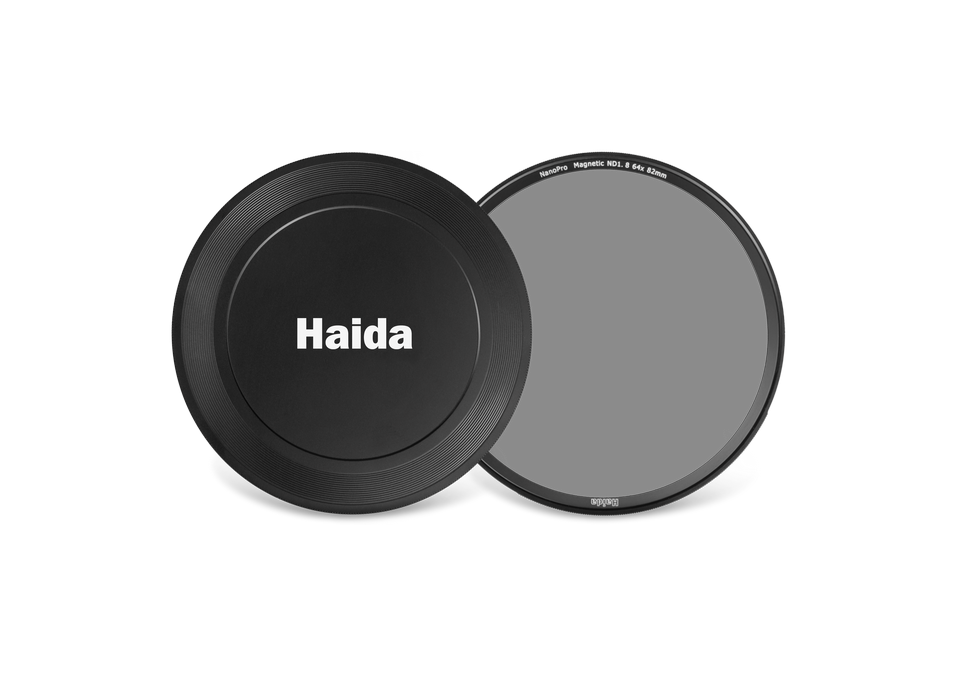

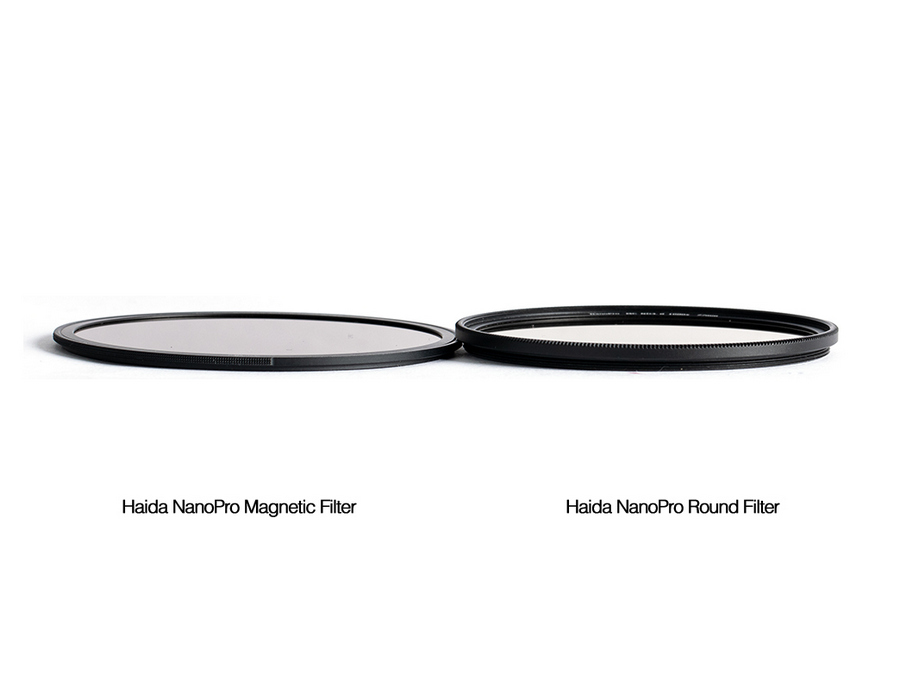
Polarizing filters are essential for eliminating reflections on surfaces like water and glass, significantly enhancing contrast and color saturation in photographs. They also darken the sky and emphasize clouds, adding depth and drama to landscape shots.
On the other hand, neutral density filters are perfect for extending exposure times, which allows for the creative blurring of moving water and clouds. This effect can transform ordinary scenes into ethereal, dynamic compositions.
Both types of filters are invaluable tools for photographers looking to elevate their craft and achieve specific artistic effects.
2. Test Scenario
To thoroughly evaluate the performance of the Haida filters, I selected three picturesque and challenging locations: the waterfall in Stone City in Czech Republic, Ruins of the Bobolice Castle in Poland and the clouds in the majestic Dolomites.
I worked with the filters for several weeks to give you well-thought-out opinion.
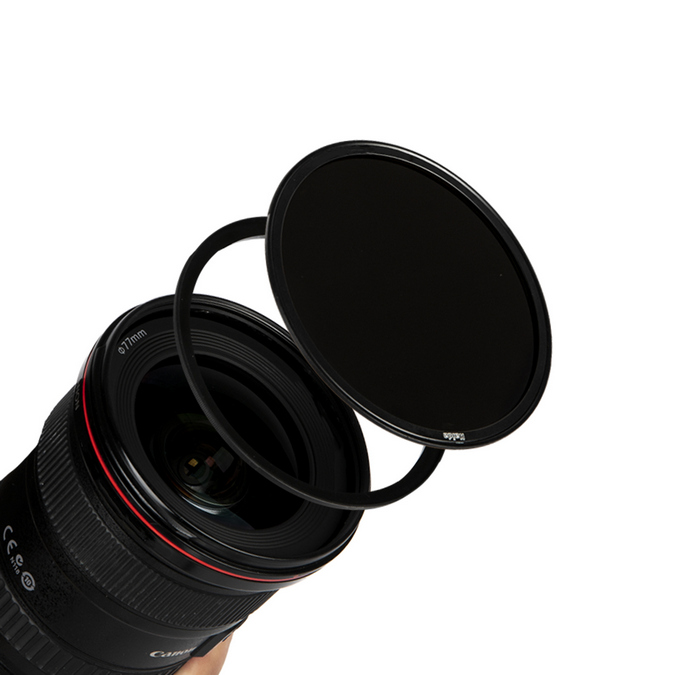
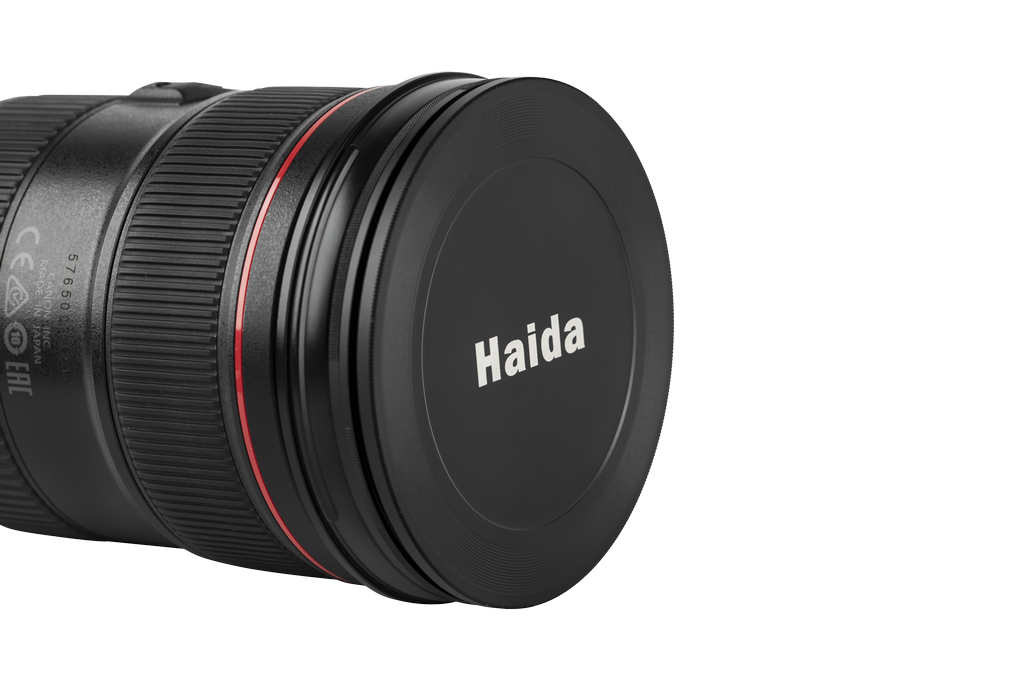
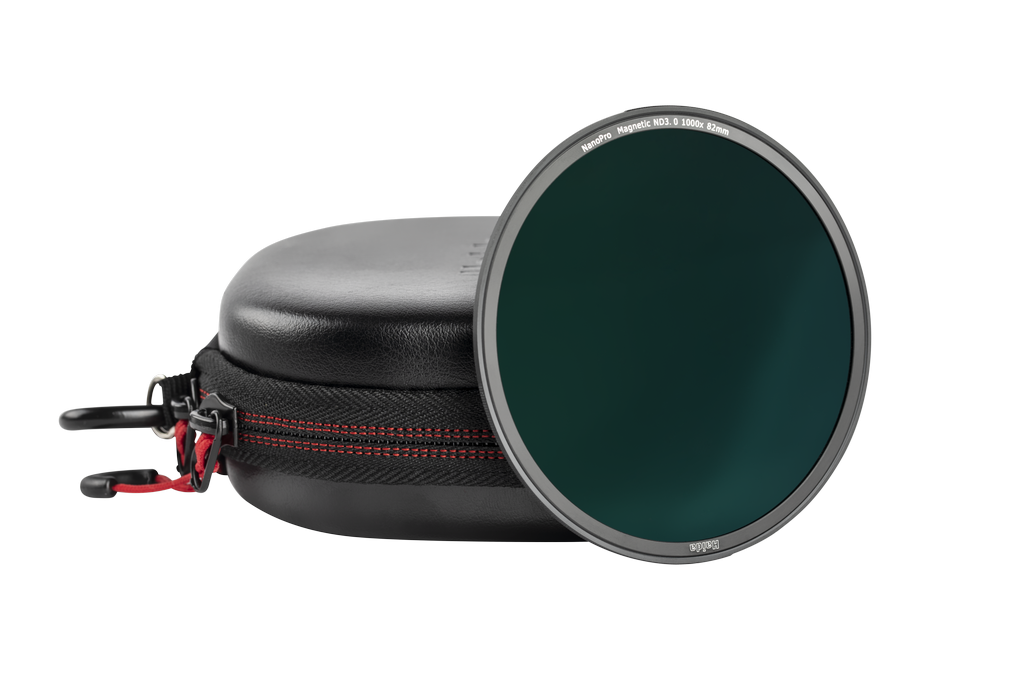
Photographing waterfalls requires precise control over exposure to capture the silky smooth flow of water. I used the Haida ND filter to achieve longer shutter speeds, which allowed me to blur the water motion effectively while maintaining sharpness in the surrounding rocks and foliage. The filter’s ability to reduce light without affecting color balance was crucial in these shots, ensuring the natural beauty of the scene was preserved.
Capturing the dynamic and ever-changing cloud formations demanded a different approach. By using a neutral density filter, I was able to significantly extend the exposure time, capturing the gentle movement of clouds across the sky. This method emphasizes the motion and direction of the clouds, contrasting beautifully with static elements.

3. Criteria for Evaluation
To provide a thorough and objective review of the Haida filters, it was essential to establish clear evaluation criteria.
The following criteria was used to evaluate the filters:
Build Quality: Assessing the materials and construction to determine the durability and reliability of the filters.
Optical Quality: Examining the clarity, sharpness, and color fidelity to ensure the filters do not degrade image quality.
Ease of Use: Considering how easy the filters are to attach, adjust, and handle during shooting.
Value for Money: Comparing the cost of the filters to their performance and features to determine their overall worth.
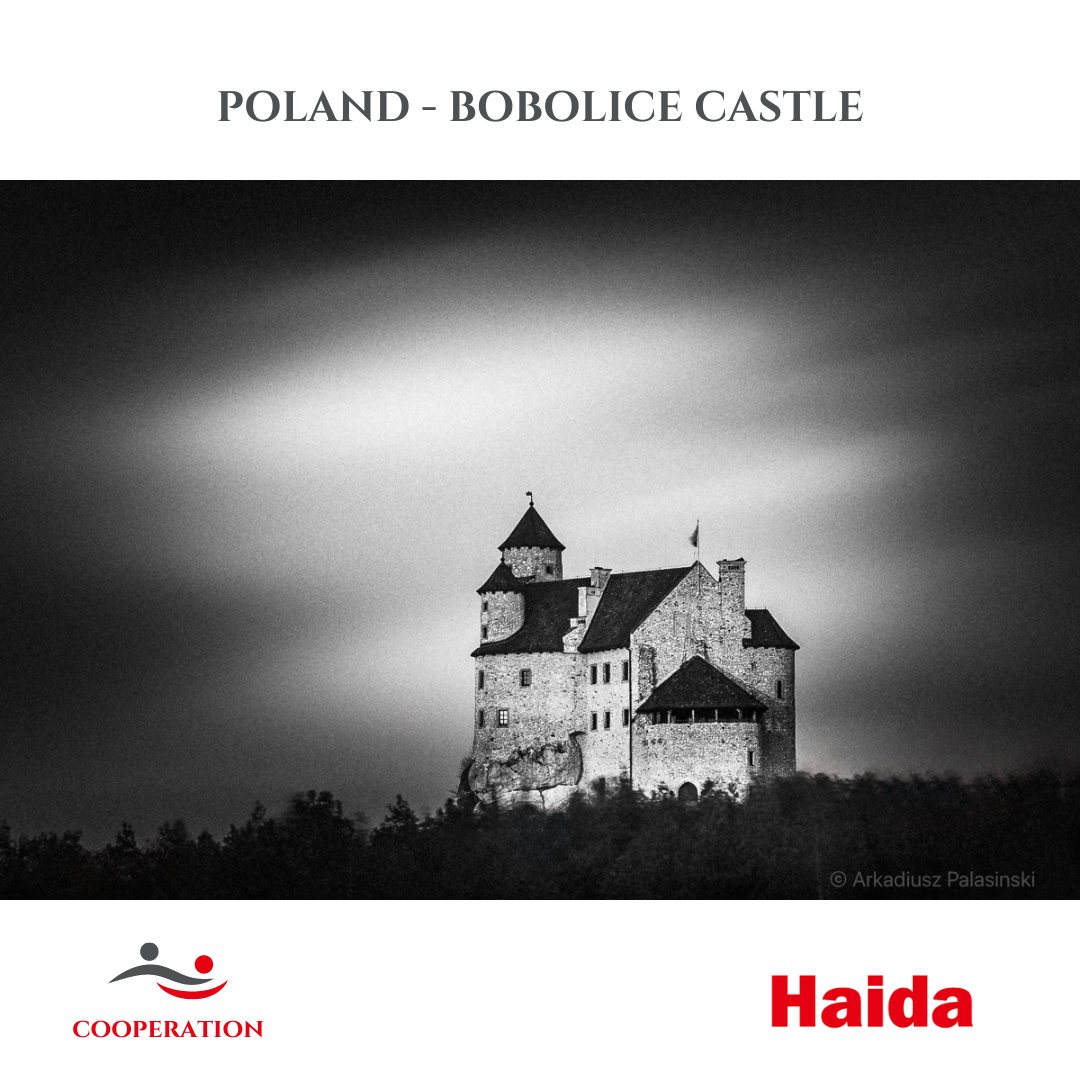
4. Advantages and Disadvantages of the filters
The filters come with several advantages. Their minimal thickness and solid construction ensure durability while keeping the weight low. They offer excellent color reproduction and feature a magnetic mounting system, which allows for quick and easy handling. The included practical case adds convenience and protects filters during transport, and there is no significant loss of sharpness when using these filters.
However, there are a few drawbacks. The ultra-thin design can make it difficult to separate two filters that are attached to each other, which can be a hassle during quick changes in dynamic scenes. The positive aspect of this ultra-thin design is that filter won’t create any vignetting when taking photos with long or medium focal lengths.
Additionally, there is a minimal color cast during long exposures. Although this is slightly better than the other ND filters that I know and it is visible only on long-exposure images. And this is negligible for black-and-white photography at all.
In summary of the criteria, I would assess as follows:
Build Quality: Very good. The filters ensure a lightweight yet durable construction.
Optical Quality: Very good. There is no significant loss of sharpness, ensuring high-quality images.
Ease of Use: Very good. The magnetic mounting system proves to be more practical compared to other types I have used before.
Value for Money: Very good. The filter provides great value for the investment.

5. Conclusion
In conclusion, based on the thorough evaluation of its build quality, optical performance, ease of use, and value for money, I wholeheartedly recommend these filters as an excellent option for photographers seeking high-quality results. With their durable yet lightweight construction, impeccable optical clarity and user-friendly magnetic mounting system these filters offer a compelling solution for enhancing your photography experience.
Whether capturing the silky smooth flow of waterfalls or the dynamic movement of clouds with long exposures, these filters consistently deliver outstanding results, making them a valuable addition to any photographer’s toolkit.
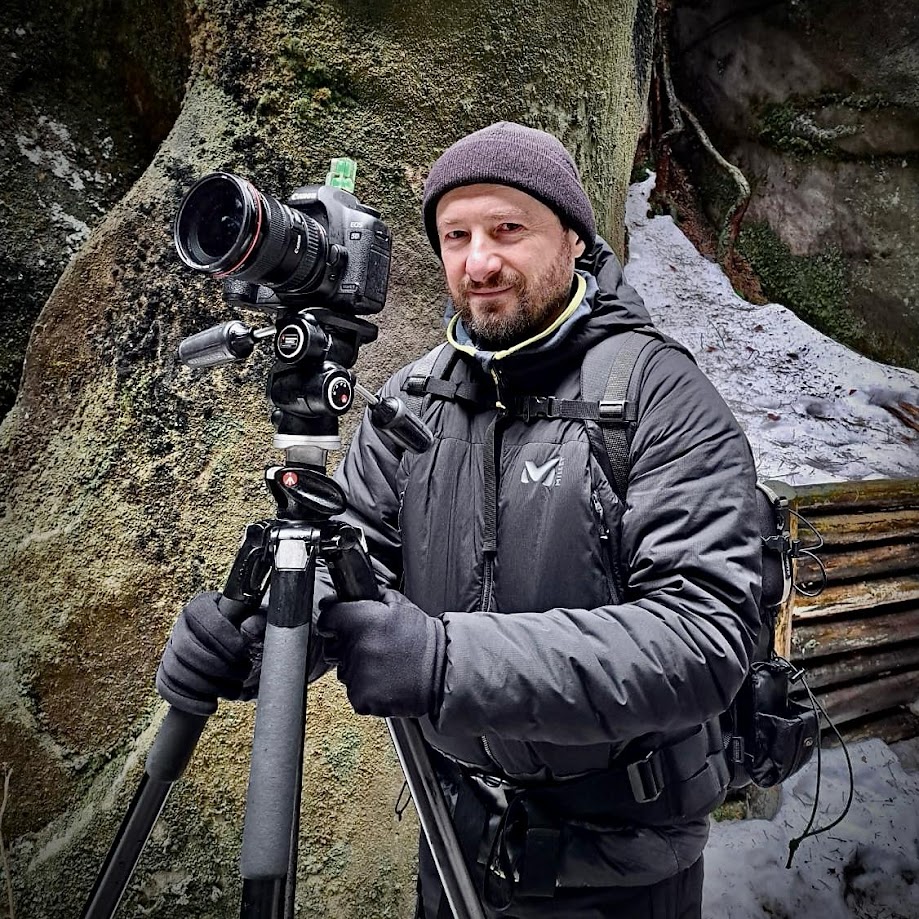
About Arkadiusz
Arkadiusz Palasinski is a photographer based in Poland. His artistic projects are in Black & White. He presents his work at exhibitions and online galleries. He is also a photography trainer – expert in Adobe Lightroom, landscape and travel photography.
For More Information
Website: https://palasinski.pl/
Facebook: https://www.facebook.com/ArkadiuszPalasinski
Instagram: https://www.instagram.com/arkadiusz.palasinski/
Related News
